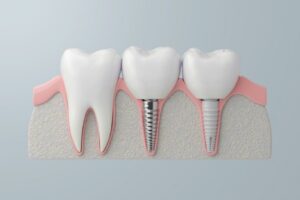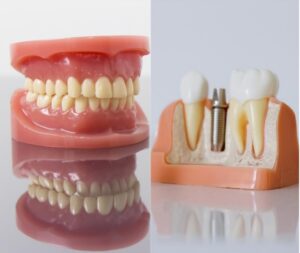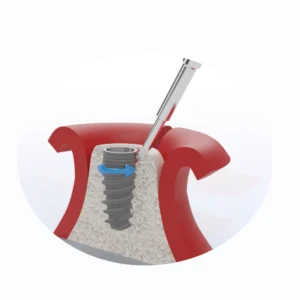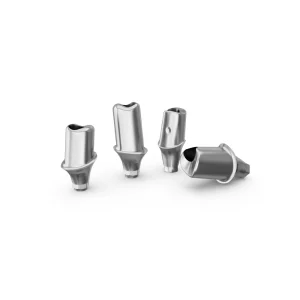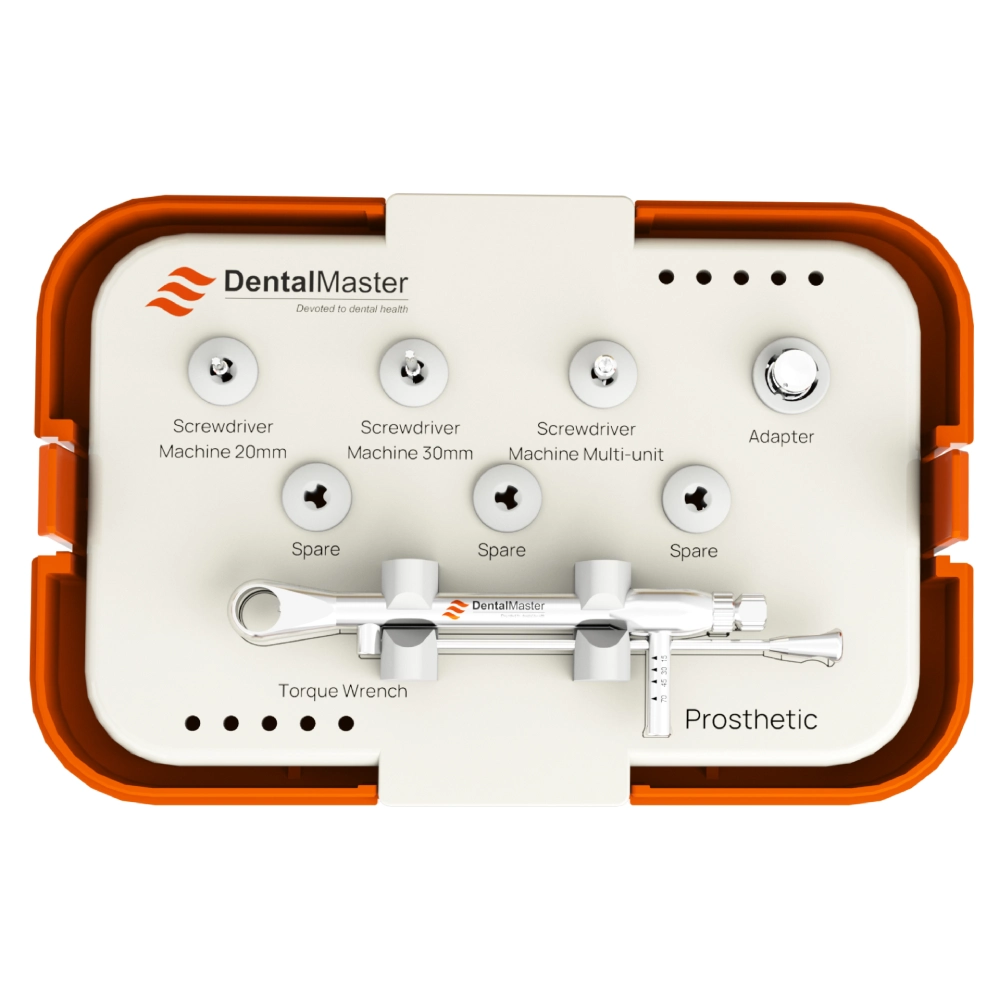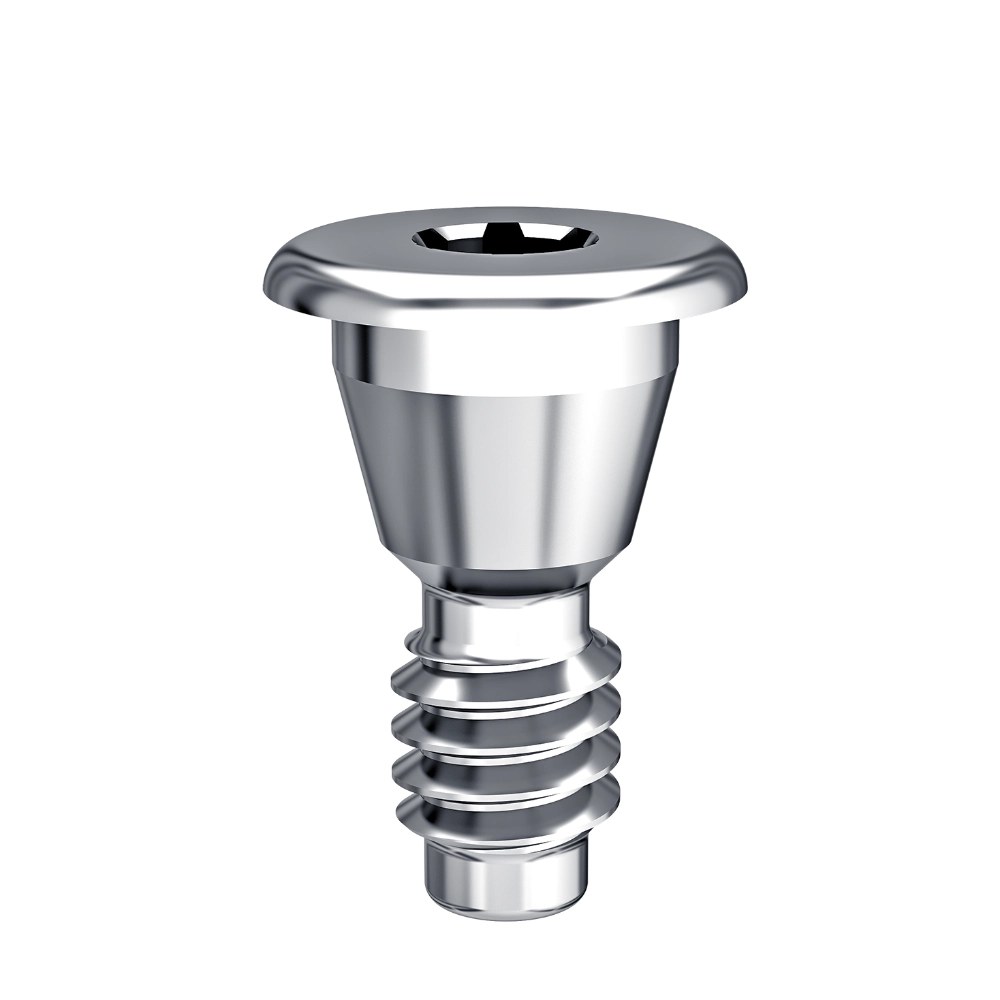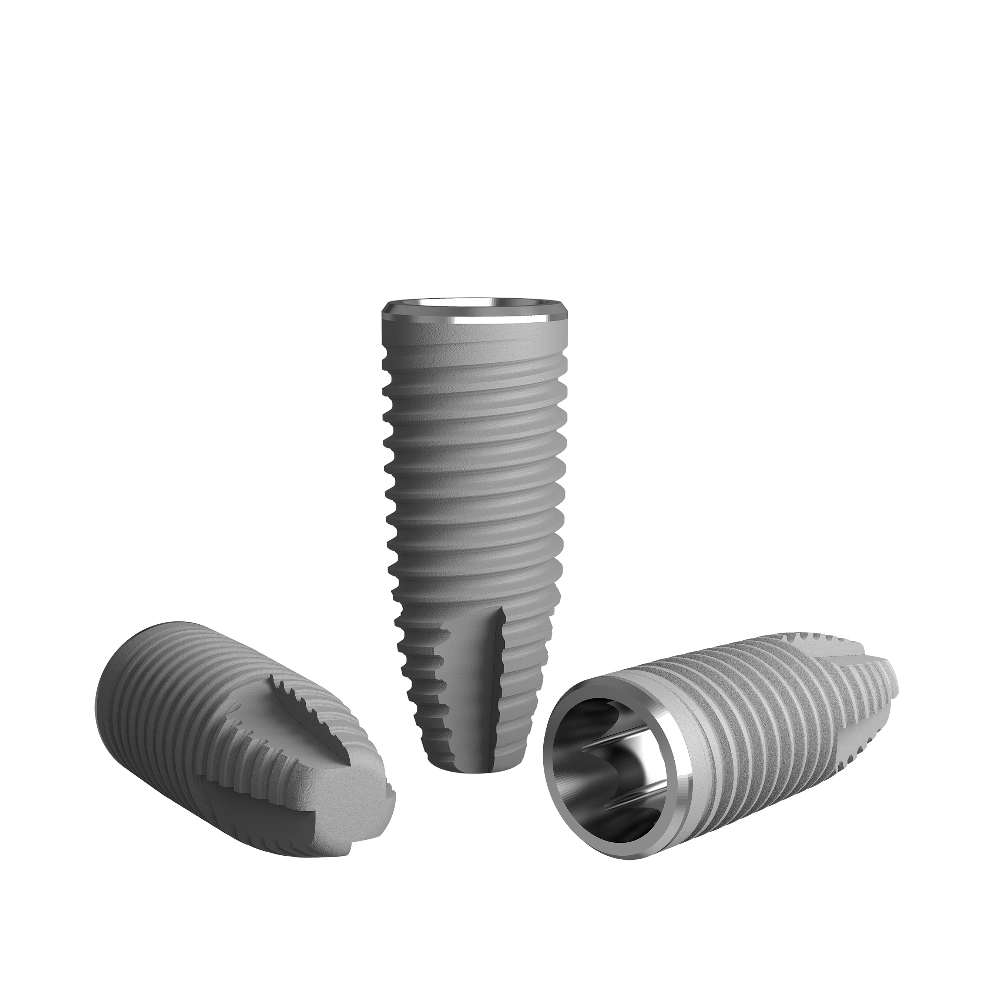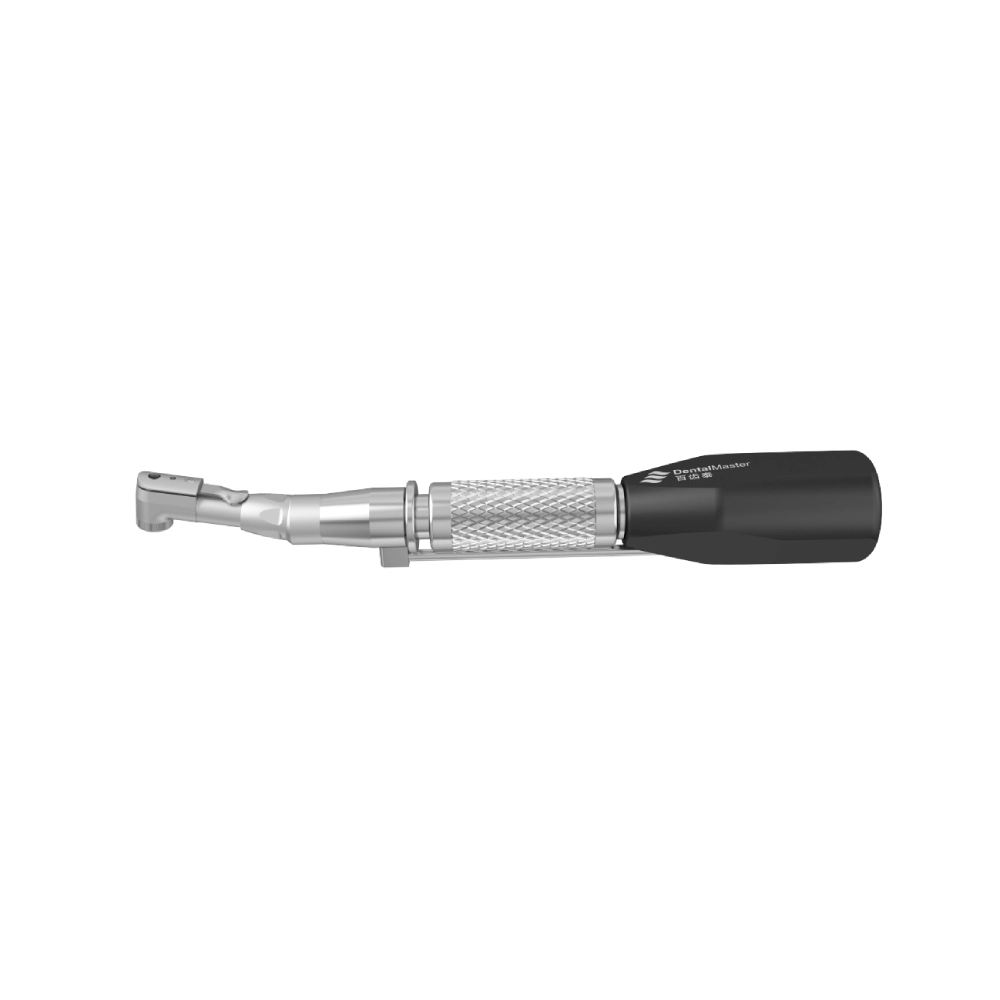
In the field of modern dental restoration, treatment options for missing teeth have gradually evolved from traditional dentures to more durable and functional solutions. Dental implants and dental bridges, as two mainstream permanent restoration methods, have become key topics of discussion between patients and dentists due to their respective technical advantages. Dental implants simulate the structure of natural teeth by inserting artificial roots, offering both stability and aesthetic benefits; while dental bridges rely on adjacent teeth for support and can quickly restore chewing function at a lower cost. The choice between the two is not simply a technical comparison—it requires a comprehensive assessment based on the patient’s oral health condition, financial capacity, and personal preferences. This article will analyze the differences between the two in terms of technical principles, indications, risks, and long-term outcomes, providing readers with a scientific basis for decision-making.
Dental Implant vs Bridge
When you’re hesitating between dental implants and dental bridges, the advice of a periodontist is undoubtedly an important reference for decision-making. However, gaining a deep understanding of the technical principles and application scenarios of both will help you participate more actively in the choice of treatment plan.
Although dental implants and dental bridges are designed with different approaches, their ultimate goal is the same—to restore missing teeth and achieve the following core objectives:
- Functional restoration: Recover chewing efficiency and precise occlusion, improving the daily eating experience;
- Speech optimization: Improve speech ambiguity caused by missing teeth and regain clear expression;
- Aesthetic support: Maintain the fullness of facial soft tissues and prevent muscle collapse caused by tooth loss;
- Bone protection: Delay or prevent jawbone resorption through different mechanisms (implants stimulate bone regeneration through osseointegration, while bridges rely on neighboring teeth to share biting forces, indirectly reducing bone atrophy).
Although budget and personal preferences are factors that cannot be ignored in decision-making, the final choice should essentially be based on oral health conditions. This requires a comprehensive assessment of the following key indicators:
- Jawbone condition: Dental implants require sufficient bone volume and density to support the implant, while dental bridges have lower dependence on jawbone condition;
- Neighboring tooth health: Dental bridges require healthy adjacent teeth as abutments, which may involve grinding part of the tooth structure, whereas implants are independent of adjacent teeth;
- Number and position of missing teeth: Single tooth loss or free-end edentulism (e.g., missing the last molar) is more suited to implants, while multiple consecutive missing teeth may require a combination of bridges or hybrid restoration plans.
The core difference between the two lies in the retention mechanism: dental implants achieve “natural tooth-like” vertical support through osseointegration of biocompatible implants with the jawbone, while dental bridges rely on neighboring teeth or implants as abutments, using a crown-bridge structure to repair the gap horizontally. This fundamental difference further affects treatment duration, postoperative maintenance requirements, and long-term prognosis.
Summary of key decision points:
- If the jawbone condition is good and long-term stability is desired, dental implants may be the better choice;
- If adjacent teeth need protection or the budget is limited, dental bridges may offer a quicker solution;
- The final plan must be determined by the dentist based on clinical examinations (such as CBCT imaging analysis), the patient’s overall health, and individual needs.
By clarifying the technical essence and clinical suitability, you will be better able to determine which type of restoration best meets your needs, providing lasting protection for your oral health and quality of life.
インプラントとは何ですか?
Missing teeth are not only a visible gap in one’s appearance, but also silently erode the deeper structures of the oral cavity—periodontal ligaments, nerve endings, and the supporting jawbone. When the tooth root is lost, the jawbone gradually atrophies due to the lack of physiological stimulation, which not only leads to facial collapse but may also cause adjacent teeth to tilt and opposing teeth to over-erupt. Dental implants, through bionic design, rebuild tooth function while providing precise biomechanical stimulation to the jawbone, becoming the “gold standard” for single-tooth restoration.
Core technologies of dental implants
- Bionic implantation stage
Under local anesthesia, the doctor precisely places a titanium alloy implant with high biocompatibility into the bone bed of the edentulous area of the jaw. The surface of the implant is specially treated (such as sandblasting and acid-etching or hydrophilic coating) to accelerate bone cell attachment. Its threaded design simulates the shape of a natural tooth root, enhancing initial stability and creating three-dimensional space for subsequent osseointegration. - The biological miracle of osseointegration
After the implant is placed, bone tissue forms new bone on the implant surface through both “contact osteogenesis” and “distance osteogenesis” mechanisms. This process usually takes 3–6 months, during which a firm mechanical interlock and chemical bond are formed between the implant and the bone tissue, with stability even exceeding that of natural tooth roots. Modern implant systems (such as DentalMaster® SLA surface) have shortened the osseointegration time to 6–8 weeks. - Functional reconstruction stage
After osseointegration is completed, an abutment is used to connect the implant with a custom-made all-ceramic crown. The abutment design must precisely match the gingival biological width to ensure soft tissue health; the crown is digitally customized according to the shape, color, and occlusion of adjacent teeth, achieving both aesthetic and functional integration. Finally, the chewing force is transmitted directly to the jawbone through the implant, forming a complete mechanical loop of “tooth root–alveolar bone–crown.”
Clinical advantages of dental implants
- Long-term stability: Over 95% success rate at 10 years (according to ITI consensus report), far exceeding traditional bridges;
- Bone preservation: Stimulates jawbone metabolism, prevents bone resorption, maintains facial contour;
- Adjacent tooth protection: No need to grind healthy neighboring teeth, avoiding the “chain damage” of traditional restorations;
- Cleaning convenience: Independent structure allows the use of floss, water flossers, and other tools for maintenance.
Indications and limitations
Although dental implants are the first-choice solution for single tooth loss, the following conditions must be met:
- Sufficient bone volume in the jaw (deficiency can be resolved with bone augmentation surgery);
- Periodontal health (no uncontrolled periodontitis or systemic diseases such as diabetes);
- Good general health (no severe osteoporosis or history of radiotherapy).
Through the combination of bionic design and precision medicine, dental implants not only fill the gap of missing teeth but also rebuild the dynamic balance of the oral ecosystem, providing patients with lasting and stable restorative results.
What Is a Dental Bridge?
A dental bridge is a fixed prosthetic solution that restores missing teeth by “borrowing support” from adjacent healthy teeth, known as abutments. Unlike dental implants that rely on osseointegration with the jawbone, bridges use mechanical retention to anchor an artificial tooth (pontic) between abutment crowns, forming a “bridge” that spans the gap—hence the name.
Traditional Dental Bridge: The Classic Three-Unit Design
The conventional bridge uses a three-unit structure: abutment–pontic–abutment. The treatment process typically involves:
- Tooth Preparation: The adjacent healthy teeth on either side of the gap are reshaped (usually into full-crown preparations) to accommodate metal or ceramic crowns.
- Bridge Fabrication: The pontic and the two abutment crowns are crafted together into a seamless unit using casting or digital milling technology.
- Cementation: The bridge is permanently fixed onto the abutment teeth using high-strength resin cement, restoring both function and aesthetics.
Advantages and Applications:
- Strong Support for Chewing: Ideal for posterior teeth (molars), as full-crown abutments distribute occlusal forces effectively—offering better stability than most non-implant restorations.
- Short Treatment Time: Typically completed in 2–3 weeks, with no waiting period for bone integration.
制限:
- Tooth Reduction Required: Approximately 1.5–2 mm of healthy tooth structure must be removed, increasing risks of caries or pulpitis.
- Additional Load on Abutments: Supporting teeth bear extra chewing force, potentially causing periodontal stress over time.
Maryland Bridge (Resin-Bonded Bridge): A Minimally Invasive Aesthetic Solution
The Maryland bridge uses metal wings and resin cement to attach the artificial tooth with little or no alteration of the adjacent teeth:
- Design: Thin metal wings (commonly nickel-chrome or cobalt-chrome alloys) are attached to each side of the pontic, with sandblasted surfaces to enhance bonding strength.
- Bonding Principle: The wings are bonded to the lingual or proximal surfaces of adjacent teeth using resin cement, eliminating the need for tooth preparation.
- 適応症: Ideal for single missing teeth in the anterior region, especially for patients who cannot tolerate tooth reduction (e.g., teenagers, patients with small teeth).
Pros and Risks:
- 低侵襲: Preserves natural tooth structure to the greatest extent.
- Reversible: Can be removed and replaced with another option if needed.
- Weaker Bonding: Prone to detachment due to saliva contamination or chewing forces—5-year failure rates range from 20%–30%, higher than traditional bridges.
Cantilever Bridge: A Single-Abutment Temporary Solution
A cantilever bridge is supported by only one adjacent tooth and used in specific scenarios:
- Distal-End Tooth Loss: E.g., second molar missing, with only the first molar as support.
- Economic Alternatives: When implants are not an option, a cantilever bridge serves as a transitional solution.
Technical Characteristics and Risks:
- Lever Effect: The unsupported end is subject to leverage, which can rotate the abutment tooth or cause periodontal injury.
- Limited Indications: Best for anterior teeth or patients with low occlusal load.
- High Failure Rate: Long-term use may result in loosening of the abutment tooth, bridge fracture, or recurrence of periodontal disease.
Key Factors in Bridge Treatment Planning
- Abutment Condition: Tooth health, root length, and periodontal support are essential.
- Tooth Position: Aesthetic restorations (like Maryland bridges) are prioritized for front teeth; strong support (e.g., traditional bridges) is necessary for back teeth.
- Long-Term Care: The interface between the bridge and abutment can harbor plaque—interdental brushes そして oral irrigators are recommended for hygiene.
A dental bridge restores missing teeth by leveraging adjacent healthy teeth. It embodies the dental principle of balancing function with preservation. While traditional bridges offer stability at the cost of tooth reduction, Maryland and cantilever bridges seek a compromise between minimal invasiveness and suitability. Patients should engage in detailed consultations with their dentist to choose the most appropriate solution based on oral condition, aesthetic expectations, and budget.
Dental implants vs bridges sheet
| Comparison Aspect | Dental Implant | Dental Bridge |
|---|---|---|
| Oral Health Impact | – Does not rely on adjacent teeth, preserves natural tooth structure- Transfers chewing force to jawbone, preventing bone loss- Reduces risk of adjacent tooth tilting or loss | – Requires grinding down adjacent teeth, increasing risk of cavities and pulpitis- Cannot stimulate jawbone, may cause bone resorption- Metal wings or adhesives may cause tooth sensitivity |
| 長寿 | – Can last a lifetime with proper care (success rate >95% over 10 years)- Independent structure allows individual replacement | – Average lifespan 5-15 years- Adhesive interface may deteriorate, causing loosening or decay- Risk of gum recession or bridge fracture over time |
| Surgery Duration & Complexity | – Multiple procedures needed (implant placement, osseointegration, abutment and crown installation)- Bone graft may be required- Total treatment time: 5 months to 1 year- Risks: peri-implantitis, implant failure | – Only two visits required (tooth preparation and bridge placement)- No bone graft needed- Treatment time: 2-3 weeks- Risks: secondary caries, adhesive breakdown |
| コスト | – Higher cost (approx. ¥8,000-¥30,000 per tooth; more if bone graft needed)- Often not covered by insurance | – Lower cost (approx. ¥3,000-¥10,000 per tooth)- Sometimes partially covered by insurance |
| Comfort & Aesthetics | – High comfort, feels like natural teeth- Porcelain crowns resist staining and maintain good appearance | – May feel foreign initially- Metal wings or resin bonding can reduce translucency, slightly less aesthetic especially in front teeth |
| 適切なシナリオ | – Single or multiple missing teeth with sufficient jawbone- Patients seeking long-term stability and bone preservation | – Adjacent teeth healthy and fast restoration needed- Limited budget or unable to undergo surgery- Front teeth aesthetic restoration (e.g., Maryland bridge) |
結論
In modern clinical practice for tooth loss restoration, dental implants and dental bridges represent two mainstream approaches, embodying the technical paths of “biomimetic reconstruction” and “functional compensation,” respectively. Dental implants achieve biological integration of the artificial root with the jawbone through osseointegration, offering long-term stability, bone preservation, and aesthetic outcomes that closely resemble natural teeth. They are especially suitable for single-tooth loss or patients with high demands for chewing function. On the other hand, dental bridges, with their minimally invasive nature, rapid restoration, and economic advantages, still hold irreplaceable value in cases where adjacent teeth are healthy and short-term functional recovery is needed.
Looking ahead, with advancements in digital technologies such as dynamic navigation implant placement and 3D-printed bridges, as well as breakthroughs in biomaterials like hydrophilic implants and nano-adhesives, the technical boundaries between these two options may become increasingly blurred. However, the patient-centered decision-making principle remains unchanged — only by combining individual oral conditions, functional needs, and personal values can the maximum restorative effect and health benefits be achieved.

